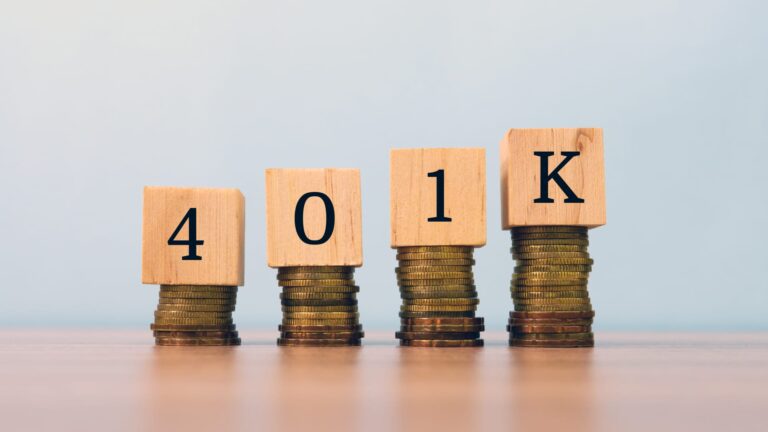The Future of Private Assets in American Retirement Accounts
Apollo Global Management’s CEO, Marc Rowan, recently expressed at the Morningstar Investment Conference in Chicago that private assets may soon become part of Americans’ retirement savings. He anticipates that well before the current administration ends, private markets could be integrated into 401(k) systems, highlighting a major convergence between private and public markets.
Growth of Private Market Exposure
Rowan’s remarks reflect a growing trend in the investment industry, with private market exposure gaining traction in retirement planning. In 2020, the Department of Labor under the Trump administration issued an informational letter approving the inclusion of private assets in defined contribution plans under certain circumstances, a stance that has since been affirmed by the Biden administration. As a result, there has been a notable expansion in the presence of private investments in retirement accounts, with roughly $8.7 trillion in assets held in 401(k) plans.
Major Players Joining the Trend
In June, BlackRock, the largest asset manager globally, announced its plan to launch a 401(k) target date fund in 2026 that will allocate 5% to 20% of its investments into private assets. Similarly, Empower, the second-largest retirement plan provider in the U.S., aims to introduce private asset options in certain accounts within the year. This shift aligns with wider efforts to redefine “accredited investors,” thereby enabling more individuals to access private market investments through their retirement accounts.
Industry Conversations Intensifying
The discussions surrounding private investments have reached a critical point within the retirement planning industry. Bonnie Treichel, Chief Solutions Officer at Endeavor Retirement, noted that the topic has gained significant traction at retirement plan conferences. Fred Reish, a partner at Faegre Drinker, emphasized that we are not merely talking about future possibilities; the integration of private assets is imminent, signaling a transformative moment for retirement planning.
How Will Private Investments Work in 401(k) Plans?
The new strategies for incorporating private assets into 401(k) plans will primarily take the form of pooled investments, such as collective trusts and managed accounts overseen by professional investors. These approaches aim to mitigate the regulatory concerns often associated with private investments, which have typically been excluded from retirement plans due to their perceived risks, including lack of transparency and high fees. The 2020 Labor Department letter outlined that prudence is essential when investing in private assets to safeguard fiduciaries from legal ramifications.
Risks and Legal Implications
Fiduciaries must exercise caution; if they mismanage investments—whether by poor outcomes or inadequate vetting—they could be held personally liable, as highlighted by legal expert Reish. The focus on due diligence has prompted larger plan sponsors with robust internal vetting capabilities to move faster in integrating private assets compared to smaller firms, which may struggle to navigate the complexities involved.
The Case for Diversifying with Private Assets
Supporters of integrating private assets argue that the investment landscape has drastically changed, with the number of publicly traded companies halving over the last thirty years. The dominance of just a few major public firms is growing; indeed, the top 10 companies accounted for 35% of the market cap in 2024, up from double figures just a few years prior. This shift makes private investments an attractive option for diversifying portfolios, offering opportunities that have traditionally been more difficult to access.
Challenges and Concerns Ahead
However, skepticism remains among many industry professionals who question whether the potential rewards of private investments outweigh the risks involved. The opaque nature of private investments can complicate the due diligence process for plan sponsors. As Marc Rowan succinctly put it, “Being private does not make it better. It makes it less liquid.” As the industry navigates these changing landscapes, the balance of benefits and risks will be critical in determining the future of private assets in retirement accounts.
